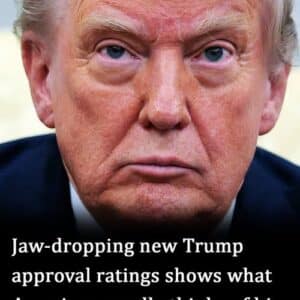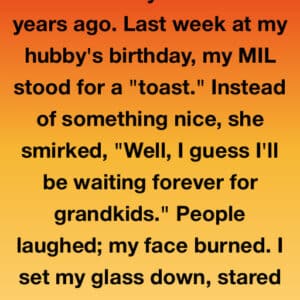Former President Donald Trump dropped a digital bombshell over the weekend that has rocked newsrooms, political circles, and social media. He posted a hyper-realistic artificial intelligence (AI)-generated “deepfake” video on his preferred platform, Truth Social, that claimed to show law enforcement officers handcuffing and escorting President Barack Obama away. No caption. No disclaimer. Only the video—and a challenge to millions to determine for themselves if it was satire, reality, or something much more sinister.
The video went viral on TikTok, Twitter, Instagram, Facebook, and other platforms within hours, sparking a flurry of memes, contentious discussions, and desperate fact-checking. The video looks remarkably real at first glance because of the lighting, the accurate facial expressions, and the background noise, all of which are typical of a real news report. Without any background information, viewers were left frantically trying to verify its veracity, with some even sending the video to friends as “evidence” of a political purge in progress.
However, the lack of an official source or text providing an explanation soon led to skepticism, which was followed by outright indignation. Was Trump engaging in lighthearted political theater by allowing the media to accuse him of fabricating events? Or was he purposefully luring both supporters and detractors, aware that the sheer force of a deepfake could destroy public confidence and change perceptions during an election year? Online conspiracy theorists, who are quick to spot patterns where none exist, muttered about “predictive programming,” implying that the video alluded to a more sinister scheme to put well-known people in jail.
Media ethicists and legal professionals were quick to point out the risks associated with this type of content. Even experienced journalists can be duped by deepfakes, which are AI-generated videos that change faces, mimic voices, or create whole scenarios. They cautioned that in the absence of strong regulation, the distinction between propaganda and comedy will become increasingly hazy, ushering in a new era of online defamation. What happens if millions of people believe a doctored clip that a world leader shares? When lies proliferate more quickly than facts, how do democracies protect themselves?
This specific deepfake was released during a sensitive time in the American political cycle: the primary season is well underway, Trump’s legal disputes are making headlines, and the public’s desire for dramatic content is still unquenchable. Trump was a master of the viral soundbite in previous campaigns, using late-night TV appearances, incendiary tweets, and memes. With deepfakes at his disposal, he has now ventured into uncharted territory where audiovisual manipulation can cause real-world repercussions, such as diplomatic flare-ups or stock market tremors.
The responses have been instructive. While one user on X (formerly Twitter) bemoaned, “This is digital defamation on a national scale,” another praised it as “4D chess,” a cunning move to shake up the political establishment. YouTube analysts shared frame-by-frame analyses, praising the technology while denouncing its morality. However, President Obama himself has said nothing, which only fuels rumors about when and if he will react.
In addition to the immediate chaos, this episode poses important queries regarding political communication in the future. Should AI-generated content, particularly that which includes public figures, be labeled by social media platforms? When does a manipulated video stop being harmless satire and start to qualify as unprotected speech? Most importantly, given how easily our eyes and ears can be tricked, how can citizens learn to tell fact from fiction?
Political operatives have been using meticulously planned advertisements and staged events to create narratives for decades. Artificial intelligence now makes it possible to change the plot in real time, changing characters’ faces, voices, and events. Each of us has a new duty as deepfakes become more convincing: to be skeptical of what we see, double-check from several sources, and be on guard against the allure of fake media.
The viral spread of this video highlights a stark reality, even if Trump’s intentions were only to troll the establishment. In the digital age, any image, no matter how ridiculous, can spark outrage, confusion, and—inevitably—discussion about what defines our shared reality. One thing becomes evident as the dust settles: we are seeing the emergence of a completely new type of political theater, one in which the line between reality and fiction is not only blurred but completely destroyed. And nobody is exempt from the repercussions in that field, not even former presidents.





